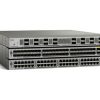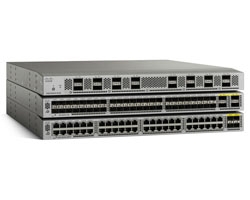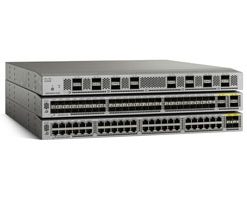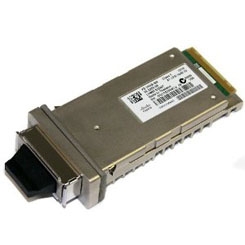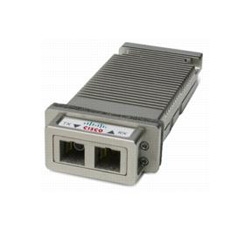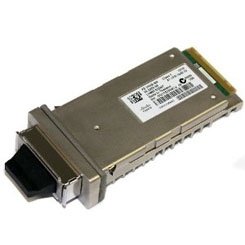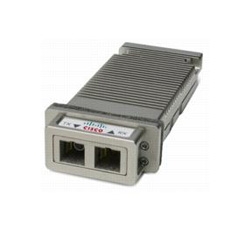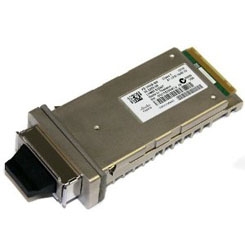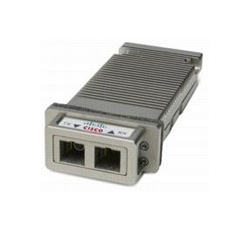N2K-C2332TQ4F: Cisco Nexus 2332TQ 10G BASE T Fabric Extender, 2PS, 3 Fan Module, 32x100M/1/10GE + 4x40G QSFP+(req QSFP+), choice of airflow and power supply includes 4/8 x Fabric extender transceivers (FET 10G/-ET 40G) or QSFP-Bidi
N2K-C2332TQ4F: Cisco Nexus 2332TQ 10G BASE T Fabric Extender, 2PS, 3 Fan Module, 32x100M/1/10GE + 4x40G QSFP+(req QSFP+), choice of airflow and power supply includes 4/8 x Fabric extender transceivers (FET 10G/-ET 40G) or QSFP-Bidi
Cisco Nexus 2332TQ 10G BASE T Fabric Extender, 2PS, 3 Fan Module, 48x100M/1/10GE + 4x40G QSFP+(req QSFP+), choice of airflow and power supply.
The Nexus 2300 Fabric Extender is unified port- capableallowing for flexible deployment and LAN/SAN convergence in a heterogeneous architecture. A common, scalable, and adaptive architecture across data center racks and points of delivery (PoDs)supports various server options, connectivity options, physical topologies, and evolving needs. A single point of management and policy enforcement using upstream Cisco Nexus switches eases the commissioning and decommissioning of server racks through zero-touch installation and automatic configuration of fabric extenders.
Today’s data centers require massive scalability to manage the increasing number of servers and higher demand for bandwidth from each server. Nexus 2300 Fabric Extenders meet this need with higher density ports facing servers and the parent switch without any changes to the existing cable plant. The 100 Megabit, 1 Gigabit, 10 Gigabit Ethernet server access and the 40 Gigabit network access are scalable, with no reliance on Spanning Tree Protocol. The Cisco Nexus 2300 can also provide up to 2:1 oversubscription.
In today’s data center, application teams require the network to be flexible and capable of handling the rapid growth of applications. The Cisco Nexus 2300 platform provides deep-shared buffers (32M) to absorb bursts of traffic from storage devices and a wide variety of applications, such as multicast feed, voice traffic, video traffic and health care applications. These deep buffers also provide flexibility to expand your network as your needs change. The shared buffers are also very useful in situations where one or more servers are consuming most of the bandwidth in highly oversubscribed environments.
The Cisco Nexus 2300 Fabric Extenders help data centers keep their space, power, and cooling requirements under control while reducing their carbon footprints. Through consolidation, the fabric extenders reduce cabling, rack space, power and cooling demands. By inheriting features from the parent switch, they offer investment protection and the ability to add functions without the need for a major upgrade of server-attached infrastructure. This helps reduce operating expenses (OpEx) and capital expenditures (CapEx). Its 40G QSFP+ fabric interfaces offer a cost-effective, simplified connectivity option to Cisco Nexus parent switches and support for QSFP 40-Gbps bidirectional short-reach transceivers (QSFP BiDi).
N2K-C2332TQ4F
GUARANTEED to Exceed Expectations.
When purchasing from AMNET Global, rest assured that your information technology equipment is covered for a lifetime. When you receive your order, your unit is already covered by our Lifetime Warranty and Advance Replacement.
Coverage That Never Ends.
In the event of a product malfunction, we fully understand that downtime is not an option. If you experience a product malfunction or failure, we will send you a replacement the same day, fully expedited and at our cost.
Please see our full Terms and Conditions of Warranty here.
QUESTIONS ABOUT THIS PRODUCT OR AVAILABILITY?
You have come to the right place!
If you have an immediate question, please click here and we will be glad to speak with you right away!
To speak to one of our technicians about this product, please call our technical support team at 1.888.428.6677 Option 3 and we will get you taken care of right away!



